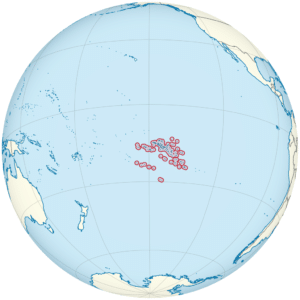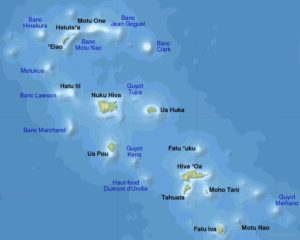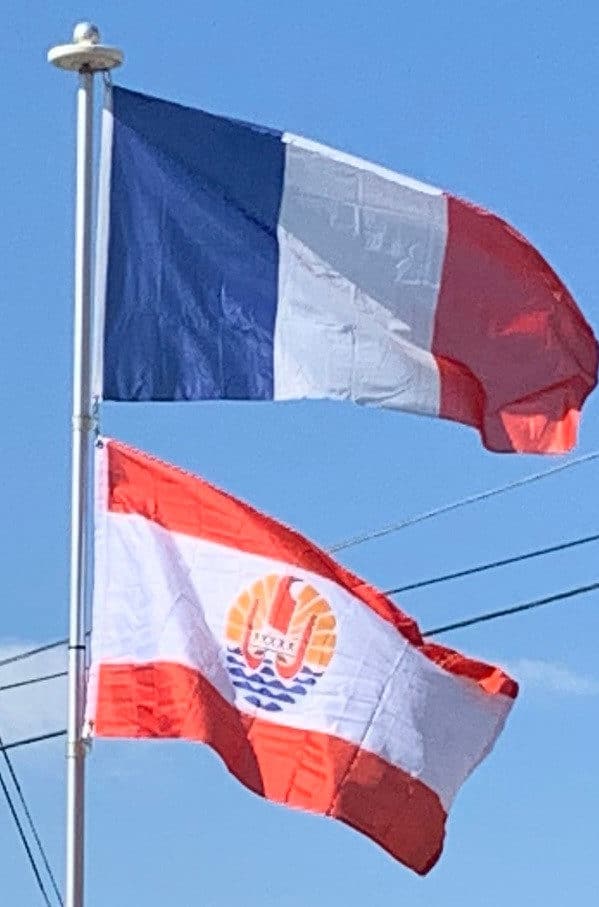Introduction:
French Polynesia is an overseas collectivity of the French Republic and its sole overseas country. It is composed of 118 geographically dispersed islands and atolls stretching over an expanse of more than 2,000 kilometers (1,200 mi) in the South Pacific Ocean. Its total land area is 4,167 square kilometers (1,609 sq mi).

French Polynesia is divided into five groups of islands: the Society Islands archipelago, composed of the Windward Islands and the Leeward Islands; the Tuamotu Archipelago; the Gambier Islands; the Marquesas Islands; and the Austral Islands. Among its 118 islands and atolls, 67 are inhabited. Tahiti, which is located within the Society Islands, is the most populous island, having close to 69% of the population of French Polynesia as of 2017. Papeete, located on Tahiti, is the capital. Although not an integral part of its territory, Clipperton Island was administered from French Polynesia until 2007.
Following the Great Polynesian Migration, European explorers visited the islands of French Polynesia on several occasions. Traders and whaling ships also visited. In 1842, the French took over the islands and established a French protectorate they called Établissements français d’Océanie (EFO).
In 1946, the EFO became an overseas territory under the constitution of the French Fourth Republic, and Polynesians were granted the right to vote through citizenship. In 1957, the EFO were renamed French Polynesia. In 1983 French Polynesia became a member of the Pacific Community, a regional development organization. Since 28 March 2003, French Polynesia has been an overseas collectivity of the French Republic under the constitutional revision of article 74, and later gained, with law 2004-192 of 27 February 2004, an administrative autonomy, two symbolic manifestations of which are the title of the President of French Polynesia and its additional designation as an overseas country.
History:
Scientists believe the Great Polynesian Migration commenced around 1500 BC as Austronesian peoples went on a journey using celestial navigation to find islands in the South Pacific Ocean. The first islands of French Polynesia to be settled were the Marquesas Islands in about 200 BC.

The Polynesians later ventured southwest and discovered the Society Islands around AD 300.
European encounters began in 1521 when Portuguese explorer Ferdinand Magellan, sailing at the service of the Spanish Crown, sighted Puka-Puka in the Tuāmotu-Gambier Archipelago. In 1606 another Spanish expedition under Pedro Fernandes de Queirós sailed through Polynesia sighting an inhabited island on 10 February which they called Sagitaria (or Sagittaria), probably the island of Rekareka to the southeast of Tahiti. In 1722, Dutchman Jakob Roggeveen while on an expedition sponsored by the Dutch West India Company, charted the location of six islands in the Tuamotu Archipelago and two islands in the Society Islands, one of which was Bora Bora.
British explorer Samuel Wallis became the first European navigator to visit Tahiti in 1767. French explorer Louis Antoine de Bougainville also visited Tahiti in 1768, while British explorer James Cook arrived in 1769. Cook would stop in Tahiti again in 1773 during his second voyage to the Pacific, and once more in 1777 during his third and last voyage before being killed in Hawaii.
